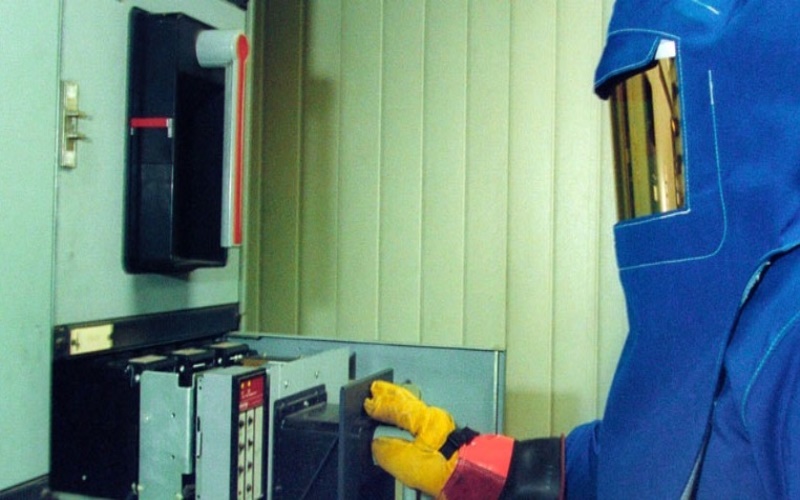Electricity powers many industrial operations, yet it carries risks, particularly in electrical arc flash incidents. Arc flashes, an abrupt energy release due to an electrical fault, can cause severe injuries, equipment damage, and even fatalities.
Adhering to stringent safety measures and obtaining Facility Results is vital to mitigate these risks and ensure a secure workplace. Here are five crucial tips for electrical arc flash safety in industrial settings:
1. Conduct Regular Risk Assessments
Conducting regular risk assessments and arc flash studies forms the bedrock of a robust safety protocol. Facilities gain critical insights into the risks associated with electrical equipment by identifying potential hazards, evaluating arc flash boundaries, and determining incident energy levels.
These assessments serve as a blueprint for establishing safety protocols and specifying Personal Protective Equipment (PPE) requirements tailored to the identified risks.
Moreover, the data from these assessments helps formulate preventive maintenance schedules, which help avert potential electrical arc flash by addressing equipment vulnerabilities.
2. Implement Comprehensive Training Programs
Educating personnel about electrical safety measures is vital in preventing arc flash incidents. Comprehensive training programs should emphasize the dangers of arc flashes and educate employees on using PPE correctly.
Additionally, training should cover emergency procedures, lockout/tagout practices, and the significance of maintaining safe working distances from live electrical equipment. An informed workforce is better equipped to recognize potential hazards and respond effectively in critical situations.
3. Utilize Engineering Controls and Equipment Labeling
Implementing engineering controls, such as arc-resistant switchgear and adequate equipment labeling, helps mitigate arc flash risks. Clear and visible labels detailing voltage levels, potential hazards, and required PPE act as critical reminders for workers, enabling them to take necessary precautions while operating or maintaining electrical equipment. Engineering controls serve as preventive measures, acting as a first line of defense against arc flash incidents.
4. Do Regular Maintenance and Equipment Inspections
Schedule routine maintenance checks and inspections for electrical systems and equipment. Regular inspections help identify potential faults, deteriorations, or signs of wear and tear that could lead to arc flash incidents. Addressing these issues through repairs or replacements mitigates risks and ensures equipment reliability.
Furthermore, following manufacturer-recommended maintenance schedules and conducting infrared thermography scans helps detect anomalies in electrical systems, thus preventing potential faults that could escalate into hazardous situations.
5. Adhere to Safety Standards and Regulations
Stay updated and compliant with safety standards such as NFPA 70E, IEEE 1584, and regulations set by relevant authorities. Compliance is a baseline for establishing comprehensive safety protocols aligned with industry best practices.
It also helps continually refine safety measures as new guidelines emerge, ensuring a safe working environment. Facilities prioritizing adherence to safety standards demonstrate a commitment to employee welfare and operational integrity.
Summary
Protection against electrical arc flash incidents demands a proactive approach. Regular risk assessments, comprehensive training, engineering controls, diligent maintenance practices, and strict adherence to safety standards form a robust safety framework.
By integrating these crucial tips into operational practices, industrial facilities can minimize the risk of arc flash incidents, foster a safer work environment, and uphold the well-being of their workforce.

